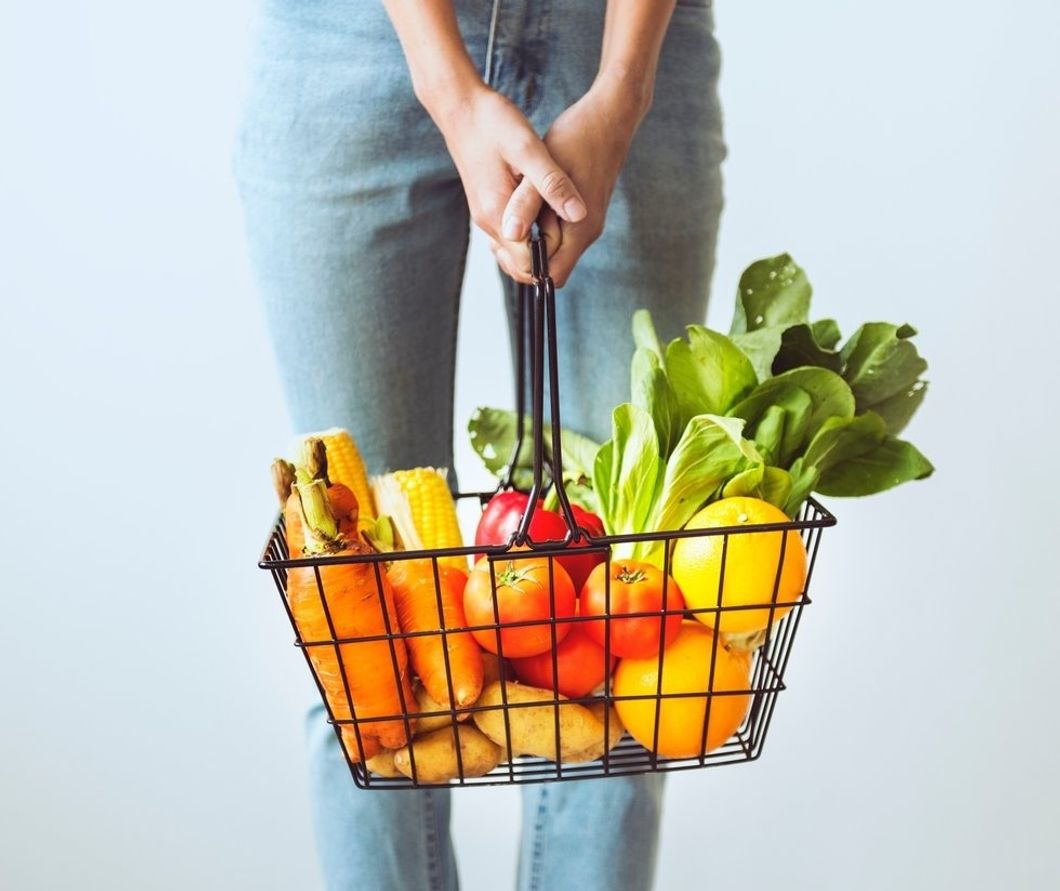Does everyone know that fruits and vegetables are good for you, but do you know why they are considered to be nutritious?
Some may believe the answer is because they have low caloric value, which isn't wrong but they provide so much more. They possess phytochemicals.
Phytochemicals are naturally occurring compounds found in plant foods that provide the fruit and vegetables their color, taste, and odor. More than that, each phytochemical comes with its health benefits.
There are seven mechanisms of action or ways that phytochemicals are beneficial to our health.
They can either act as antioxidants which help to prevent damage to healthy cells, anti-inflammatory, chemo-preventative, support our immune system, trigger apoptosis or programmed cell death, protect our DNA, regulate hormones and finally, some may have the ability for specific actions, such as inhibiting the growth of bad bacteria.
Below is a list of phytochemicals:
Carotene
Alpha and beta carotene give fruits and vegetables an orange or yellow color. Some examples of foods that are high in beta carotene are sweet potatoes, carrots, and bell peppers of those colors.
Carotene, when ingested, is converted into Vitamin A that your body can easily absorb and utilize. Carotene has been scientifically proven to help eye and heart health as well as support our immune system by acting as an antioxidant, anti-inflammatory and possessing chemo-preventive factors.
Lycopene
Think tomatoes. The phytochemical lycopene is responsible for the red color in whole plant foods. The health effects are acting as antioxidants, anti-inflammatory, chemo-preventative but also good for DNA and urinary tract health. What's cool about lycopene is that no matter how you prepare your food, you don't lose any of the nutrients.
Chlorophyll
Eat your greens. Chlorophyll-rich foods appear green. Some excellent sources include dark leafy greens and broccoli. Chlorophyll, like the other phytochemicals are known to be antioxidants, anti-inflammatory and chemo-preventative. Choosing foods that have a rich and vibrant color indicate that is a good source of that phytochemical.
So, next time you're in the produce aisle, be sure to choose your colors wisely.
Anthocyanin
Anthocyanins are those foods that are red, blue and purple. Any type of berry is an excellent source of antioxidants. Antioxidants combat damage to cells by helping balance those that are unstable. Cells become unsteady when they have an uneven pairing of protons and electrons so antioxidants essentially give an electron to the cells that need it.
Reservatrol
The color purple. Just as every phytochemical mentioned, resveratrol contains antioxidants, anti-inflammatory and chemo-preventative agents. That's the beauty of phytochemicals. Reservartrol also takes it a step further to help brain and bone health. Studies have proven that eating foods rich in resevatrol also help to protect against age-related diseases.
If you want to learn more about the health benefits of phytochemicals, please check out this wonderful book!
















